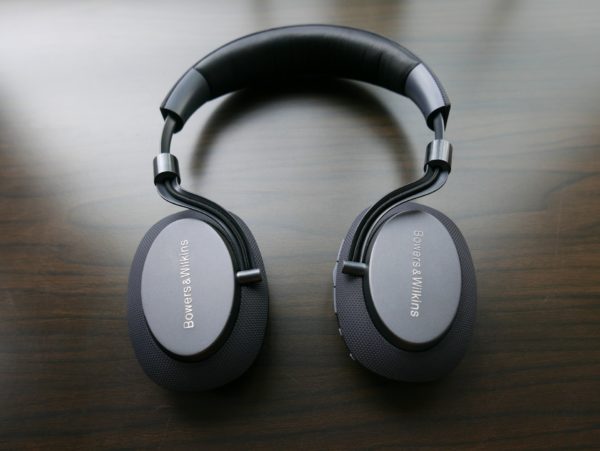
Walking into a Bowers & Wilkins shop in Singapore this week, I was told by the staff that the company placed so much value in audio quality that it took so long to come up with a pair of noise cancelling headphones.
The PX, the British hi-fi brand’s first such offering, is certainly late to the game. Does it live up to the promise? Well, the music quality part certainly does raise your hopes, because the PX is so good at its most basic job.
It projects sound so well in front of you that you imagine it is coming from a source outside your head, like a singer is in front of you. Despite being small and having a closed design to keep out noise, the PX doesn’t give you a “boxed-in” feeling.
I’d say this is the headphones’ main selling point. The stereo imaging and soundstaging are so impressive, especially in live recordings, that I enjoyed hours of playback without the aural and mental fatigue of having my ears stuffed up.
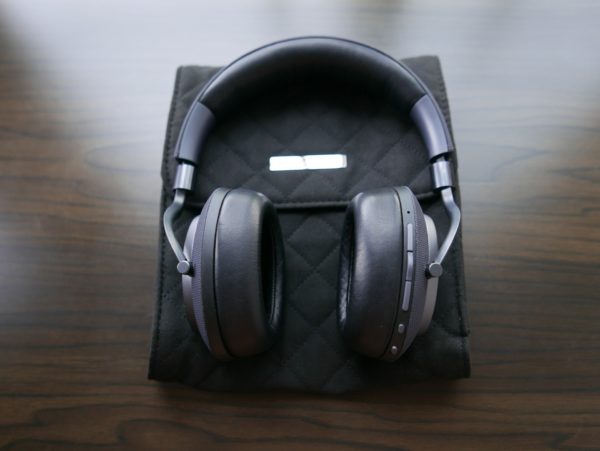
Trying out a-ha’s MTV Unplugged – Summer Solstice album on Tidal, I get a sense of being at the concert that not many headphones can provide.
The same expansive presentation is clear in other concert recordings, such as Sting’s performance with the Royal Philharmonic Concert Orchestra in Berlin. There’s a surprising sense of scale.
Speaking of that, you should play some Hans Zimmer movie soundtracks when trying out the PX at a shop. All the crazy amounts of horns, organs and other instruments from the famed musician come across with the drama and drive you’d expect.
Called to deliver the highs and lows in a track at short notice, the PX brings the attack and dynamism when needed. Indeed, it comes across confident and unfazed when thrown different sonic material.
The PX also excels in less complex stuff. I particularly like the almost casual ease that it handles, say, Tanya Chua’s older and less fussily-produced albums. Female vocals come with a subtle balance of warmth and lift.
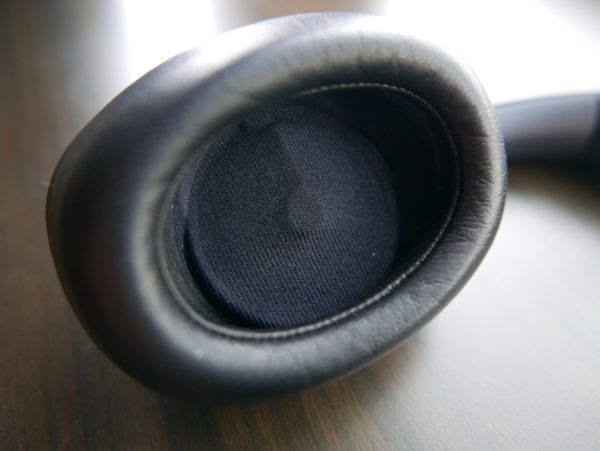
I am happy to say too that the bass isn’t overdone here. The two 40mm drivers here do a good job of delivering a punch when needed but avoid getting into headache-inducing basshead territory.
For example, the low rumblings and earth-shaking lows on the Interstellar movie soundtrack come across with heft as well as control. Having said that, I’d like a more focused, tighter bass on some electronic tracks, especially when the beat is repetitive and too much weight can be a pain.
For this review, I listened to the tracks on my LG V30+ phone. I tried both wired and wireless connections, with songs from Tidal as well as some that I ripped from my own CDs.
Unsurprisingly, the wired link that makes use of the LG V30+ excellent digital-to-analogue converter (DAC) is the best for audio quality. There’s more headroom in terms of dynamics and there is more detail.
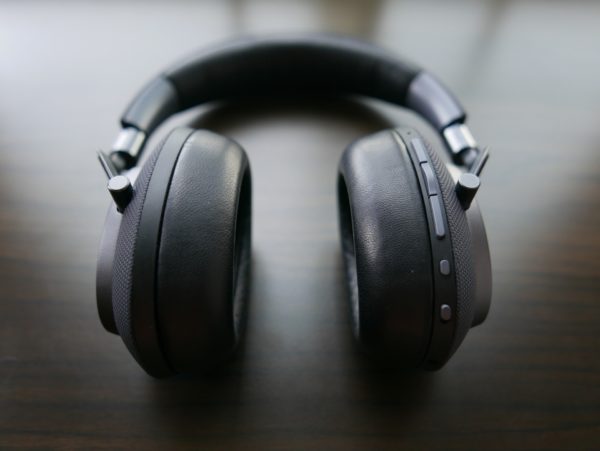
At the same time, the Bluetooth link using the new aptX HD wireless streaming technology is more than decent too, if you want to do away with wires on the go.
The PX is among a new wave of Bluetooth headphones to support aptX HD. You’ll also need a supporting phone like the V30+ or a music player for it to work. Once connected, the improved audio quality over regular Bluetooth is pretty clear as well, especially with high-res tracks.
So far, I’ve only spoken about audio quality, because it’s the most impressive feature on the PX. To be fair, the 335-gram headphones also do well with a design that offers hours of comfortable listening.
As with many new headphones, the ear cups take a little getting used to. On the PX, they are a little tighter than some others, but they are comfortable with time. For comfort, I prefer the PX over, say, B&O Play Beoplay H9i, which get rather warm after a while.
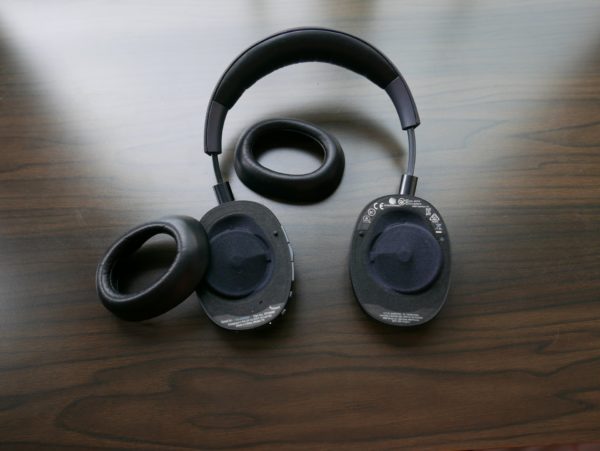
One other thing I like is the battery life. Fully juiced up via a USB-C cable, the PX promises 22 hours on the go with Bluetooth and active noise cancelling turned on.
You get more with either one turned off, and up to 50 hours with a wired connection. But take note that the PX still needs to be charged when you connect via a cable. That’s for all the smart circuitry onboard.
Ironically, the fancy new features that B&W wants to win over users with are what it should spend more time on. These are the areas it is perhaps the least familiar with.
The noise cancelling, for one, isn’t the most effective I’ve heard. The Beoplay H9i does a better job of keeping out background chatter, for example.
I guess the trade-off is that sound can be a little trapped in your ears if the sealing off of external noise is of a higher priority. As I hear it, the PX keeps things a little more open, since the sound feels like it is projected in a virtual space in front of you.
The bad news, of course, is that you may get on a very noisy flight, say, during the school holidays. Would you be able to keep out all the shouting? I don’t think the PX does as good a job as some other noise cancelling headphones in the market today.
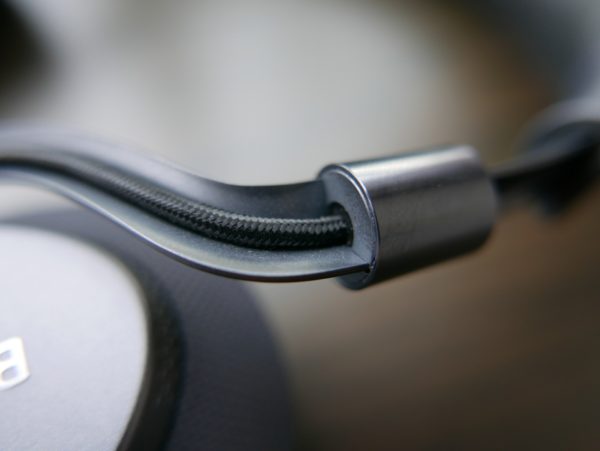
I’m also not crazy about the environment-sensing features on the B&W app, which promise to customise the level of noise cancelling.
When I cycled through the three modes – Office, City and Flight – I found the noise cancelling levels too similar. This is a great concept, but I think B&W needs to do more work here.
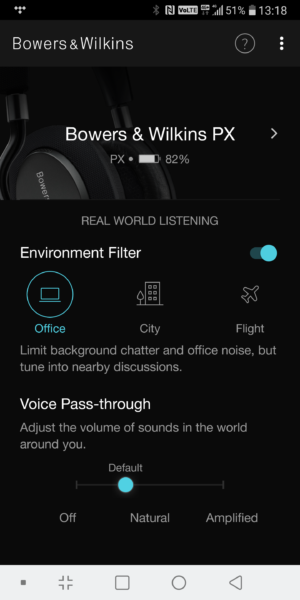
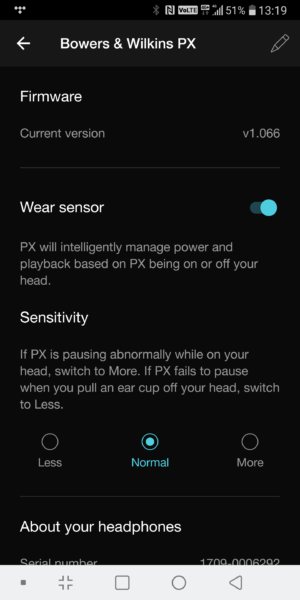
The PX also has smart sensors that detect when you take the headphones off, so it can stop the music. After tweaking the sensitivity in the app, this usually worked for me during the test.
Well, at least most of the time. Plugged in via a wire, the PX automatically started playing again when I put the headphones back on. They didn’t always do so when I was connected via Bluetooth aptX HD.
Of course, you can always turn off this feature, if it’s annoying. Perhaps the folks at B&W sensed this too from its user trials.
Still, on the whole, I like the PX because it places a high priority on sound quality. If I spend more time with the headphones in the office, where noise is often not a huge issue, this makes sense.
However, if I want the absolute best in noise cancelling, which helps to cut me off from the world while on a long flight, I might look elsewhere, say, at Bose’s popular QuietComfort 35 II (S$529) or the Beoplay H9i (S$699).
At S$569, the PX is priced competitively. It’s not the cheapest, but I’d lean towards the B&W headphones. For me, they best the other two offerings in terms of style and sound quality, which matter more to me.

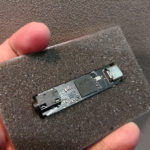





On sound quality alone, how would you compare the performance of the PX to the H9i?
Hi Simon, I didn’t have a chance to listen to them side by side, unfortunately. From memory, I recall that the H9i sounded excellent and was pretty open for a pair of headphones with a closed design. The PX can be a bit more intimate, closer to the B&W signature, but it impressed me with the way it can “project” the sound in front of you for an imaginary soundstage. I’d lean slightly towards the B&W just purely going by memory of how the H9i sounded. But probably I have to listen to them side by side to compare properly. I like both!
Agreed! Best wireless NC headphones on the market currently.
Thanks for reading, Daniel. Yes, they sound pretty good! 🙂